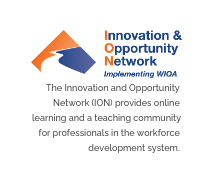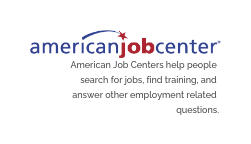WIOA is landmark legislation that is designed to strengthen and improve our nation's public workforce system and help get Americans, including youth and those with significant barriers to employment, into high-quality jobs and careers and help employers hire and retain skilled workers.
Related WIOA Information
TEGL 10-23, Change 2 - ETA publishes guidance regarding work authorization verification
The Workforce Innovation and Opportunity Act (WIOA) was signed into law on July 22, 2014. WIOA is designed to help job seekers access employment, education, training, and support services to succeed in the labor market and to match employers with the skilled workers they need to compete in the global economy. Congress passed the Act with a wide bipartisan majority; it is the first legislative reform of the public workforce system since 1998.
Improving the Workforce System
WIOA requires states to strategically align their core workforce development programs to coordinate the needs of both job seekers and employers through combined four-year state plans with greater flexibility than its predecessor program (WIA). Additionally, WIOA promotes accountability and transparency through negotiated performance goals that are publicly available, fosters regional collaboration within states through local workforce areas, and improves the American Job Center system.
WIOA Agency Partners
The U.S. Department of Labor (DOL), in coordination with federal partners at the U.S. Departments of Education (ED) and Health and Human Services (HHS), collaborated to provide information and resources for states, local areas, non-profits and other grantees, and other stakeholders.
Information on these programs is located on the respective WIOA partner agency websites below.






